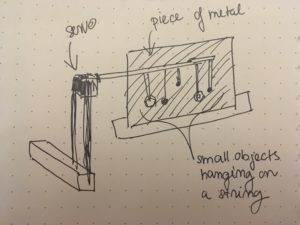Okay, so this is before I read the response to the first article, and I will upload a similar thought to that article soon. For now, though, here are my thoughts to the original piece.
One on hand, I do comprehend the intention of the author. Bret Victor aims to criticize the current state of design of interaction technology by mocking that the “Pictures Under Glass” (PUG) does not comply well with how our fingers and hands are supposed to use tools. And in a sense, that is true: most of the time the only gestures we utilize are touches, swipes, and a few others. However, I do disagree with his point, and here are two reasons why.
First of all, I want to address this issue in a different perspective. Why make our tools more intricate than it is right now? We use touches and swipes because they are feasible to use. Yes, maybe it gives less sentiment to use these few gestures to go about with our technological devices, yet I do believe that if we were to make them more “hand-interactive”, as the author intends to, most processes will take longer to finish. The goal then, is to try to improve and give sentiment of using our hands without creating more problems.
Furthermore, our tools (phones, tablets) do utilize numerous hand-like gestures. Of course, this is usually when we are playing mobile games, but it is not like they are not capable of doing so. For instance, there is a mobile game where you have to grab your phone/pad and hold it up, trying to balance a ball that is on the screen. The game itself feels like the ball is actually on the device, since the device senses your balance motion. So this again self-explains that although we CAN use these tools, we do not because of maybe the first reason.


